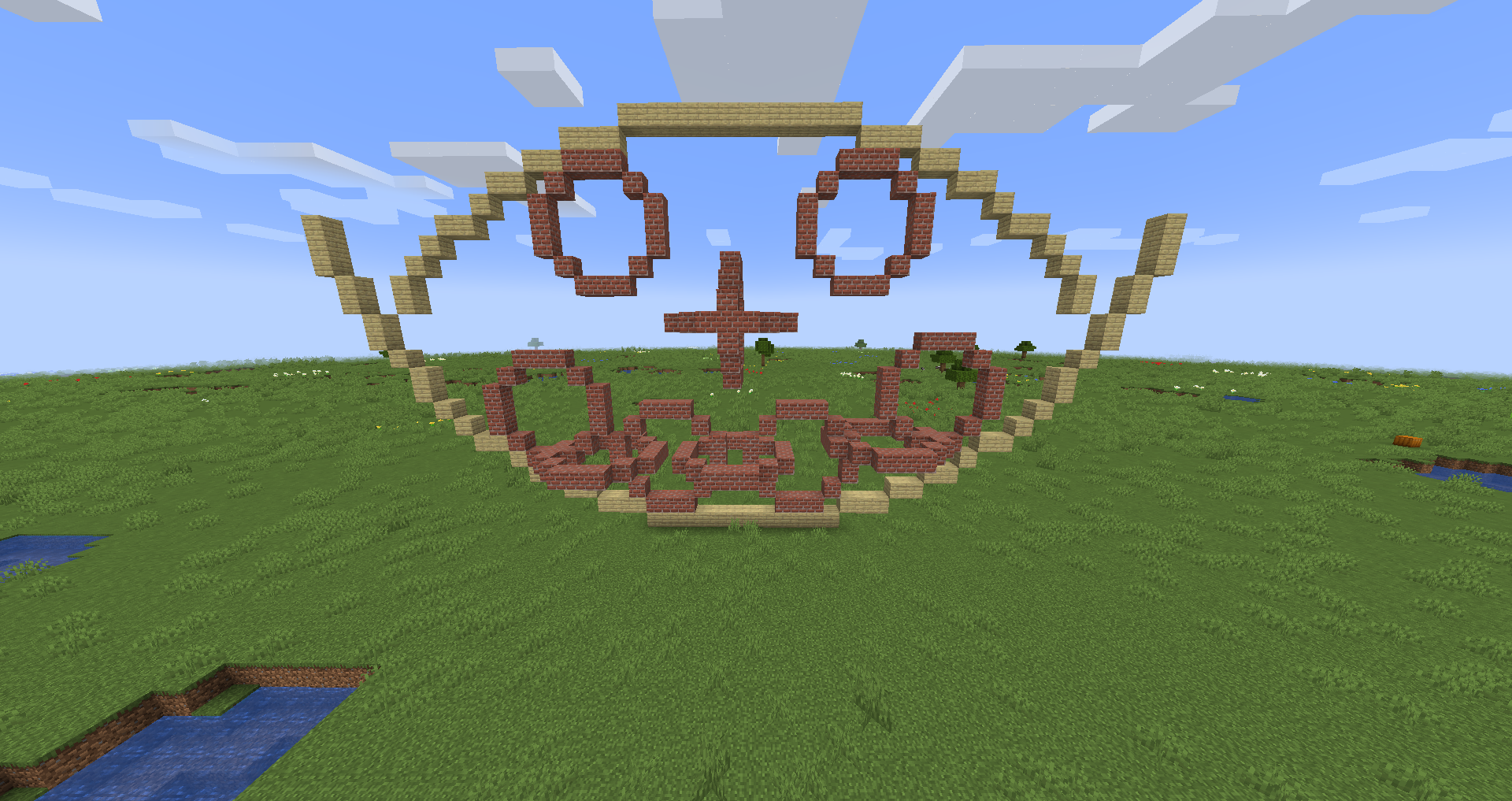
- #Java lwjgl parabola how to
- #Java lwjgl parabola install
- #Java lwjgl parabola archive
- #Java lwjgl parabola full
- #Java lwjgl parabola code
#Java lwjgl parabola full
Modified the PATH environment variable to include the full path to the LWJGL's " lib" directory for accessing the native libraries (e.g., " lwjgl. Take note that you should include the current working directory '.'. Where $LWJGL_HOME denotes the LWJGL installed directory. Modify the CLASSPATH environment variable to include the full-path filenames of " lwjgl.jar", for example,
#Java lwjgl parabola how to
Read "Environment Variables For Java Applications" on how to set these environment variables. You need to modify two environment variables - CLASSPATH and PATH. You can also use the = lib-path VM command-line argument to specify the native-library's path. " " is supposed to mirror the PATH environment variable. These dll's are needed for proper operations.Įrror in Native Libraries: If you receive an error message " SEVERE: : no xxx in ", print out the entries in via the following statement and check if $LWJGL_HOME\lib (which contains " lwjgl.dll") are included in one of the paths. so" for Linux) in the JOGL's " lib" directory, e.g., " lwjgl.dll". Native Libraries: Native libraries refer to the JNI binaries (in the form of ". Include the User Library: For EACH JAVA PROJECT created that uses LWJGL, right-click on the project ⇒ Build Path ⇒ Add Libraries ⇒ Select "User Library" ⇒ Check " lwjgl-2.9.1".Source is needed only if you are interested to debug into the JOGL source codes. (Optional But Recommended) You may provide the source files by editing "Source attachment" ⇒ "Edit." ⇒ "External File." ⇒ Select the source file in zip form.This is needed for Eclipse to display javadoc information about classes and methods.
#Java lwjgl parabola archive
Specify the javadoc's archive file (either zip or jar) in "Javadoc in archive" if you use a zip file.Ĭhoose "Validate", which search for an " index.html" file.Specify the javadoc's path (either file: or http:) in "Javadoc URL" if you use an unzip version of the javadoc.OpenGL 2.1 implementations must support at least revision 1.20 of the OpenGL Shading Language. Includes the deprecated symbols of the Compatibility Profile. (Optional But Recommended) Expand the " lwjgl.jar" node again ⇒ Select "Javadoc location " ⇒ "Edit." The OpenGL functionality up to version 2.1.You might need to repeat the above step for the other jar-files if they are used in your programs.
#Java lwjgl parabola code
⇒ select " $LWJGL_HOME\lib" (to provide the path for the native code dll's, such as " lwjgl.dll", and etc.).

All the JOGL projects can then include this user library in its build path.

Unzip the downloaded file " lwjgl-2.9.1.zip". You may also download the source, javadoc, and applet.

Step 1: Download & Installĭownload the latest release of LWJGL binary (e.g., lwjgl-2.9.1.zip) from ⇒ "Download". You need a working Java programming environment to use LWJGL.
#Java lwjgl parabola install
Install JDK, an IDE such as Eclipse/NetBeans or a programming text editor. ("OpenGL version : "+ GL11.glGetString(GL11.LWJGL (Light-weight Java Game Library) provides access to the OpenGL, OpenAL, and OpenCL libraries from a Java application. Player = new Player(45.0f, (float)dispMode.getWidth() / (float)dispMode.getHeight(), 0.5f, 300.0f) Public static final boolean isApplet = false The Lightweight Java Game Library (LWJGL) is a solution aimed directly at professional and amateur Java programmers alike to enable commercial quality.

Public static final boolean Vsync = true Public static final float RenderDistance = 20.0f


 0 kommentar(er)
0 kommentar(er)
